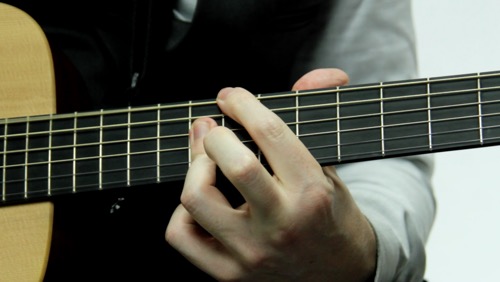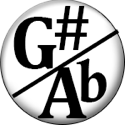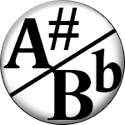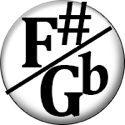Modifying 7th Chord Structures

Hi. This is Hub Guitar.
One helpful method to understand how chords are built is to practice comparing chords to each other.
The most usual way to do this is to start with a major triad in the case of triads or a major 7 chord in the case of four-part chords, and then compare that to other structures that you're trying to learn.
If you're not too clear on your chord formulas, now is a good time to brush up on those because otherwise you might find yourself feeling a little lost.
We're going to do these all as drop 3 chords, with the root on the sixth string and that's going to be a C root. But these methods can be used to transform the quality of any four part chord structure. So once you practice this with drop 3, drop 2, drop 2&4 and drop 2&3, and you add all of the inversions, you'll know dozens of ways to play every chord.
Here we go.
Okay, so that's some of the most common chords, being applied to the drop-3 shape. Now it's up to you to repeat this exercise with every inversion, every chord voicing type, and every possible string set--and also for any other chords that you're fond of that we may have skipped in this lesson.
How to change maj7 chord into another chord type
As we learn various construction procedures for building four-part chords on the guitar, we shouldn’t neglect doing the work of translating those chords from “major7” to other, similar chord structures.
This lesson will deal with typical “seventh” chords. In another lesson, we’ll talk about tensionA note which, though not an essential part of a chord’s structure, can be added to the chord for additional coloring. substitution and finally we’ll talk about the more complex chord substitutionA chord substitution refers to the act of playing one chord in place of another. The substituted chord will often be constructed from notes in the original chord, with some added tensions..
Here we’ll explore the Cmaj7 chord in Drop-3 form, and change it into any of the other 9 basic 7th chord types.
| Chord Name | Chord Spelling | Examples in C |
| major7 | 1, 3, 5, 7 | C, E, G, B |
| minor7 | 1, ♭3, 5, 7 | C, E♭, G, B♭ |
| dom7 | 1, 3, 5, ♭7 | C, E, G, B♭ |
| min7♭5 | 1, ♭3, ♭5, ♭7 | C, E♭, G♭, B♭ |
| dim7 | 1, ♭3, ♭5, ♭♭7 | C, E♭, G♭, B♭♭ |
| min7#5 | 1, ♭3, ♯5, ♭7 | C, E♭, G♯, B♭ |
| dom7#5 | 1, 3, ♯5, ♭7 | C, E, G♯, B♭ |
| dom7#11* | 1, 3, ♯4, ♭7 | C, E, F♯, B♭ |
| maj7#11* | 1, 3, ♯4, 7 | C, E, F♯ B |
| maj7#5 | 1, 3, ♯5, 7 | C, E, G♯, B |
* Note: ♯11 chords will be treated as ♭5 chords. This is because in most cases the natural five will be omitted from either chord. However, saying “♭5” is the most clear way to indicate this, as a ♭5 indicates no natural 5, whereas a ♯4 does not necessarily.
Major Sevenths
Major 7 Drop 3
A C-major chord in drop3 form.
This chord is structured as: Root, 7th, 3rd, 5th. Therefore, we can apply any of the chord formulas above to alter the quality of the chord.
Major 7 ♯11 Drop 3
Major 7 ♯5 Drop 3
Dominant Sevenths
Dominant 7 Drop 3
Dominant 7 ♯5 Drop 3
Dominant 7 ♯11 Drop 3
Minor Sevenths
Minor 7 Drop 3
Minor 7 ♭5 Drop 3
Diminished 7 Drop 3
Minor 7 ♯5 Drop 3
Of course, the work isn’t done yet. Each of these structures can be played in any inversion, and they can also be played from the fifth string. In addition, you can also use another structure such as Drop 2 and get similar results.
Key Tasks
- Memorize the chord forms.
- Convert each chord to inversions 1, 2 and 3.
- Convert each chord to its 5th string drop-3 equivalent.
- Convert the chords on the 5th string to inversions 1, 2 and 3.
 As the creator of Hub Guitar, Grey has compiled hundreds of guitar lessons, written several books, and filmed hundreds of video lessons. He teaches private lessons in his Boston studio, as well as via video chat through TakeLessons.
As the creator of Hub Guitar, Grey has compiled hundreds of guitar lessons, written several books, and filmed hundreds of video lessons. He teaches private lessons in his Boston studio, as well as via video chat through TakeLessons.











